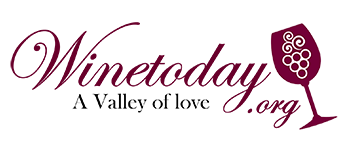First, the bottle must be uncorked. The upper part of the capsule must be cut with a small knife or with a suitable tool so as to leave the stopper, which can be made of cork or agglomerate, in evidence. Then you should insert the worm, or self-tapping screw, into the cork, delicately, for three-quarters or even a little more, taking care not to pierce the part of the cork inserted into the bottle as it could let debris or dust from the cork fall into the wine, contaminating it. Once the bottle is uncorked, bring the cork to your nose: if it smells of wine, everything is fine, if it smells of cork, there are problems and the wine will probably taste of cork.
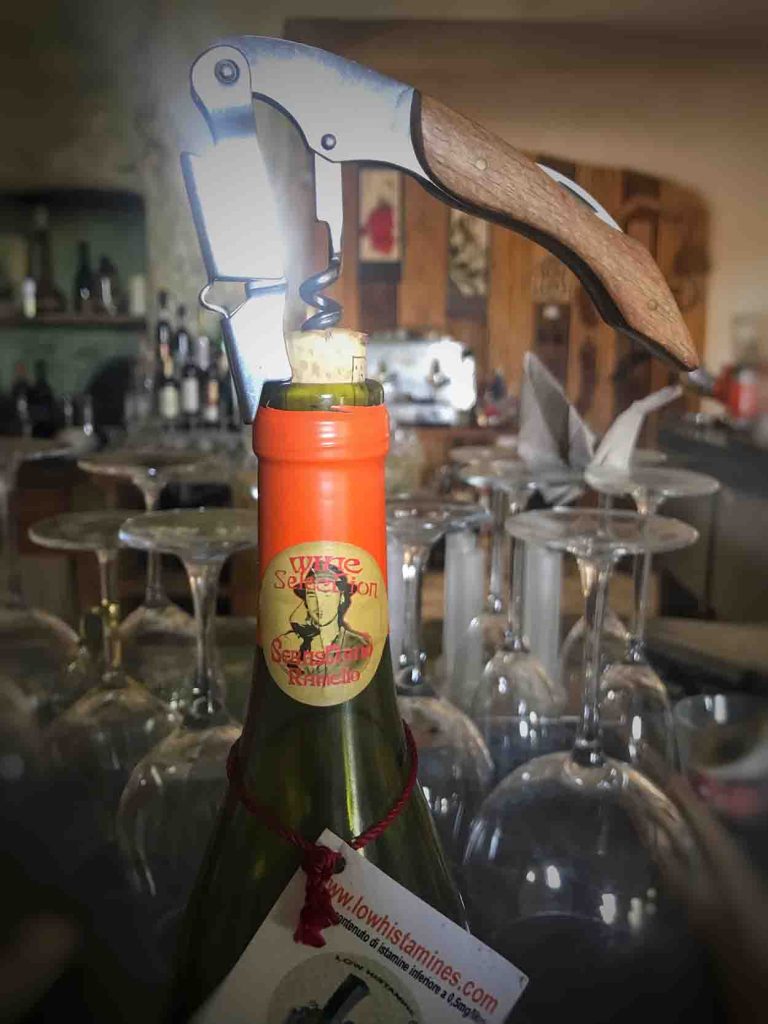
At this point the wine, especially if aged or is an important wine, should be decanted in a special decanter for about twenty minutes or half an hour, or, if you do not have a decanter available, directly into the glass. Once decanted in the decanter I always suggest leaving it to decant for another minute in the glass. Then take a large, rounded glass that favors optimal oxygenation and pour the quantity of a spoonful of wine or a little more into the glass, swirl with a firm but harmonious movement of the wrist so that the wine adheres to the entire surface. Now throw away the few drops of wine that are in the glass (this serves to clean the glass of impurities) and pour the wine filling the glass for no more than a third of its capacity.

Once the wine has rested in the glass, the first part of the tasting is the visual analysis, which allows you to identify whether a wine is white, rosé or red. I assure you that this is no small thing since some wines, if drunk blind, can be deceiving. From the color you can understand if it is a young or aged wine, based on its sugar content and alcohol content you can formulate your hypotheses on whether it is light or dense. Based on the quantity of bubbles, the perlage, you will understand if it is a sparkling wine or a freshly stirred Moscato.
Now grasp the end of the stem of the glass and slightly tilt the tip of the glass forward so that the light passes through it. It is important that there is a white tablecloth or napkin underneath that reflects the color, so that you can perceive the hue of the wine. Observe it, check that it is clear and that it has no impurities or suspended particles. Always analyze it starting from the edge of the glass (the most significant point) in order to identify the vintage of the wine. Red wines when they are young have a purple color, as they age they become ruby red, garnet and, for older vintages, an orange red almost brick. But be careful, this rule does not apply to all wines. There are very dense and dark wines such as Syrah, Sagrantino and Cabernet Sauvignon that even when they age maintain a very dark pigmentation. On the contrary, wines such as Nebbiolo or Pinot Noir are more pale, with a lighter color, tending towards orange right from the start. If you notice that a Nebbiolo is very dark and dense, there is certainly something wrong. In the DNA of these last two wines, finesse prevails over robustness.
Sometimes the color of the wine also depends on the type of soil: clayey soils make the wine darker, sandy soils make the wine lighter. An example is given by various wines produced with the Nebbiolo grape: just look at the difference in shade between a Barolo and a Barbaresco, produced from clayey soils, and a Roero, produced on sandier soils. Passito wines, on the other hand, have an amber color, they are born from the pressing of grapes that have ripened on the plant, harvested late and left to dry. The liquid, evaporating, has given more space to sugars and polyphenols and thus has given these wines a darker color, reminiscent of chestnut honey and amber. They are very dense, consistent, you will see them move in the glass more slowly. Finally, if you notice a particularly dark color in the wine, you are dealing with so-called fortified wines, such as Marsala, Porto, Madeira etc…
The color of white wines, on the other hand, is given by the various degrees of ripeness of the grapes. Since these wines are much poorer in tannins and anthocyanins, they oxidize over time taking on an increasingly brown color.
Their color reflects the degree of ripeness of the grapes, given that they are produced with very short macerations. Normally, yellow-greenish wines are produced from an early harvest and therefore will be acidic and lean, certainly not rich and abundant. If, however, the wine is straw yellow or golden, with an intense shade, it means that it is sumptuous as the grapes were harvested when they were more advanced in ripeness. Be very careful: the same wine, or denomination, can often appear to have different shades and this depends on how it was produced. Therefore, understanding the color is not useful for understanding the type of wine but only its body and sometimes its qualities.
Once you have identified the color of the wine, you can delicately begin to swirl the glass for a few seconds to note its density. Observe how quickly it moves and the drops and arches that form on the glass as it descends. If the arches are fast, wide and irregular, it means that the wine is not very dense and therefore not very alcoholic (or poor in glycerol or polyphenols) and will probably not be particularly full-bodied. If instead the arches are slow, regular and small in size it means that the wine is dense, consistent and therefore structured and alcoholic.
Let’s end this first part of the tasting with the visual examination of the sparkling wines. These too must be analyzed like white wines, only that in addition we must take into account the effervescence created by the refermentation, the perlage. The denser and more numerous the bubbles, the more carbon dioxide is present in the wine. A sparkling wine with a lot of carbon dioxide will be irritable, stormy. What matters is the fineness of the bubbles, their thinness and lightness.
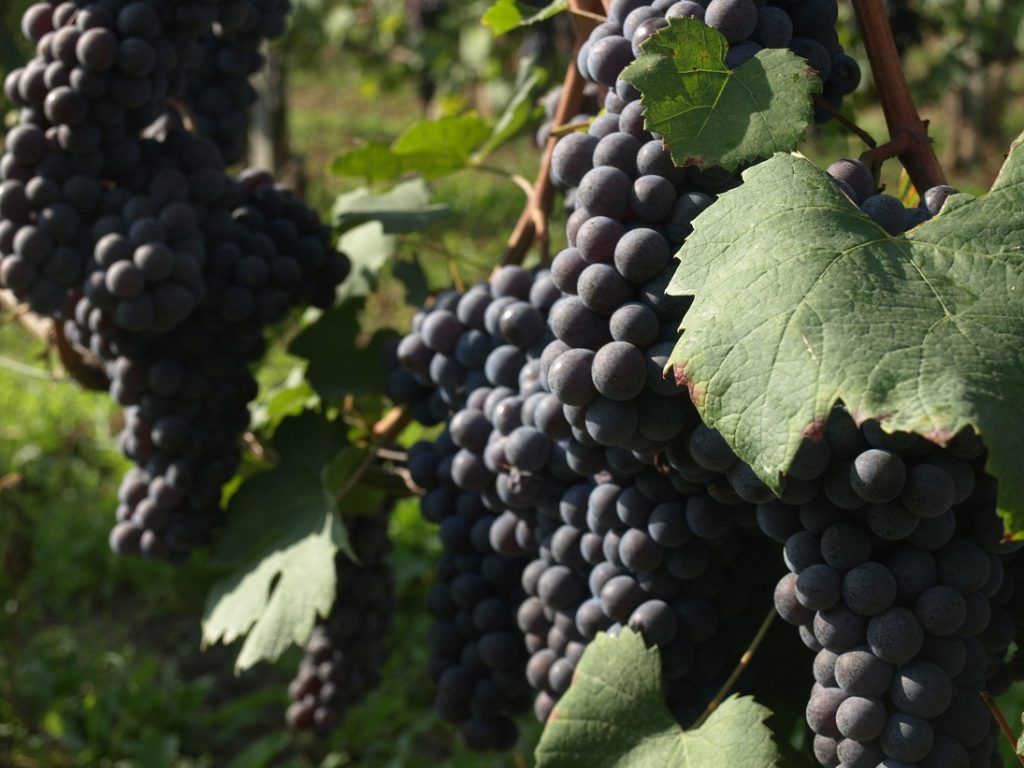
Once the first phase is over, which should always be approached as a nice game and, if possible, conducted in company, we move on to the second phase, the olfactory one.
Bring the glass to your nose. It is important that you take the glass by its stem and never by the cup as you risk warming the wine with your hand. Once this is done, you need to try to perceive the scents of the wine, the aromas. These can help you identify its origin, the grape variety, but above all, they help you understand if it has defects, if it tastes of cork, if there is reduction, if it is oxidized, if it is young or old, aged in wood, steel, cement or amphora, if the wood is well-balanced in the bouquet or edgy and arrogant. Now what you have ascertained through the visual examination you should find in the olfactory examination. For example, if the wine was light green in tone, the nose will easily perceive fruity, floral and fresh aromas, not too complex. If a wine is straw yellow, you will detect intense aromas of yellow fruit, flowers, if it has been aged in wood you will often be able to detect aromas of ripe fruit. If a wine is dense and amber you will find aromas of dried fruit, jam, spices, sultanas.
Now swirl the glass to oxygenate it well, smell it again to get an idea and understand if it gives off fresh, unripe or ripe aromas. Try to understand which aromas you recognize in the fruity and floral, which fruits or flowers, if there are herbaceous aromas, such as nettle, or if you can perceive the wood and if the latter is well integrated or overbearing, if the wine is well oxygenated or if it still needs a few minutes of rest. Try to understand if there are aromas that recall aromatic vines. If you are tasting a vintage Nebbiolo or Barbera, know that it does not have to be particularly complex and imaginative but pleasant, tasty, drinkable. If you are tasting a Barolo or Barbaresco, remember that it will be elegant, austere, enveloping, complex and sometimes nervous like a wild horse to tame. Don’t rush if you are tasting an aged wine, give it time, smell it again even after an hour, two hours, the next day, you will see how it changes, how it evolves in the glass but also in the bottle.
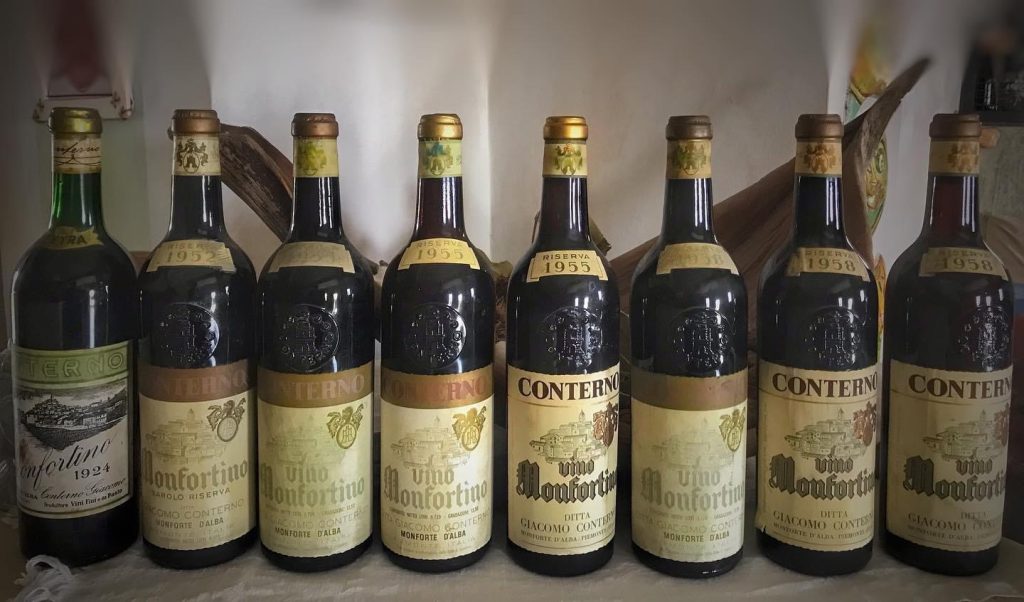
When smelling wine it is important to be aware that there are three types of aromas. The primary aromas, that is those given by the vine, by the grape itself and the secondary aromas, that is those released by the fermentation of the skins and the pulp, from the fresh aromas (not ripe) that is floral, fruity (for example: apple, melon, banana, mango, pineapple etc …) herbaceous, mineral, vegetal, spicy and animal, of milk and cheese or bread crust. It is easy to find this last aroma in many good quality sparkling wines, especially those vinified in the classic method but also in some Proseccos but be careful for other white wines it could be a defect.
Then we have the tertiary aromas acquired during the refinement of the wine and its aging, often given by its container, such as for example from the oak barrels that give the wine odorous substances contained in their fibers, coming both from the resin and from the toasting of the wood itself. Tertiary aromas are among the most intriguing during a tasting. Through them, the elegance of the wine is sought: the fruit turns into jam, into dried fruit, ripe, in alcohol, the flowers wither becoming more intense as if spring had given way to autumn skipping summer. Spices take over and herbs take on more medicinal notes. Be careful though, in some wines such as Syrah or Gewurztraminer you can find these tertiary aromas in the primary ones as their natural characteristic is spices. Instead, for example in a Chardonnay, which undergoes a long refinement in oak barrels, you can find tertiary aromas such as vanilla, butter, toasting, spices and in some wines that have undergone maceration or that have grown near the sea you can recognize balsamic aromas of resin, incense and eucalyptus. Even the ethereal aromas, such as the aromas of enamel, lacquer, soap, iodine released for example by the most important Barolos and passitos are considered tertiary. The aromas evolve with the refinement that can be done in barrels or bottles but also, as mentioned above, in the same glass during tasting. If the refinement takes place in steel barrels, cement or in amphora the aromas are clearer, if it is done in new wooden barrels you will perceive notes of toasting, tobacco and butter, if in old wooden barrels the wine will have difficulty taking on aromas and tannins from the wood. If a wine is refined in large oak barrels (as per Italian tradition) and therefore the contact with the air will be reduced, it will be more austere and less tending to jam. Unfortunately, wine can also have defects. For example, we speak of a “reduced” wine when it has not been in sufficient contact with the air thus developing unpleasant odors such as a strong smell of eggs and sulfur, gas or garbage, or we speak of a “closed” wine when the aromas seem absent. Often, however, it is enough to decant it or add wine for it to open up.
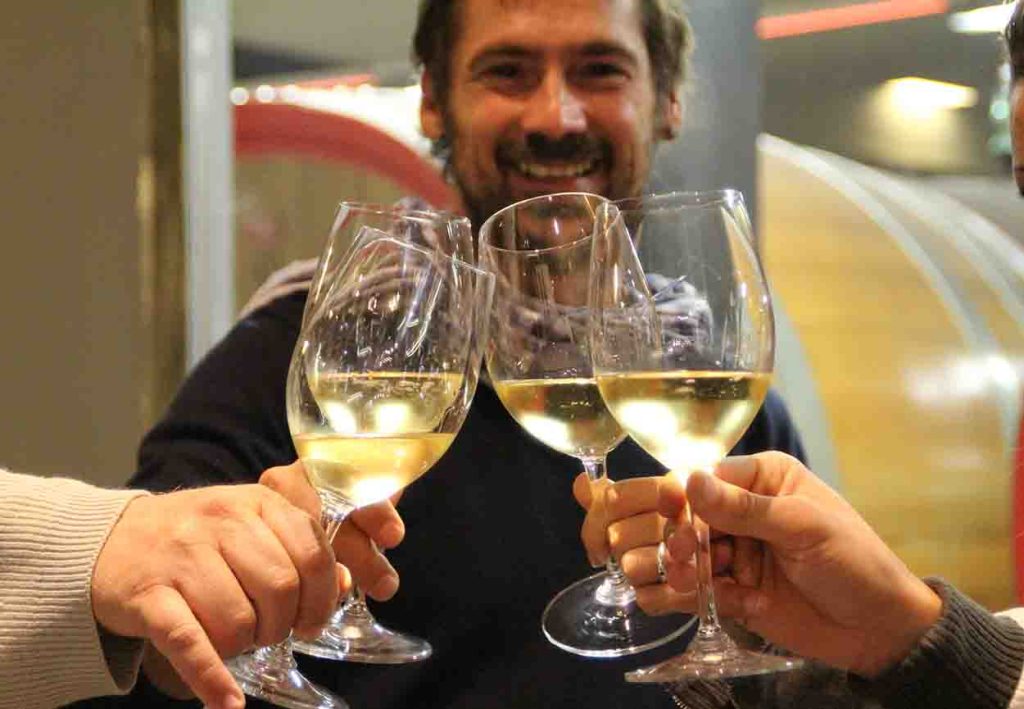
Now let’s move on to the final and certainly most pleasant part, the palate.
Bring the glass to your mouth, taking a small amount of wine. Do not swallow it, rinse your mouth with it as if you were chewing it so that the palate is completely enveloped by the “sweet nectar” so as to accustom the taste buds to understanding the body and astringency of the tannin in red wines (they can be noble or green tannins), the presence of bubbles and the heat given off by the alcohol. At this point swallow and wait about twenty seconds and concentrate, without haste, to try to understand the aftertaste – that is, the final taste, which can be more or less pleasant -, the persistence – that is, how long the same sensations experienced during the tasting last in the mouth – and subsequently the flavor of the wine. Do not be impulsive, it must not only be a learning experience but above all it must be a pleasure.
From the taste analysis you can establish the structure, the persistence but also the flavor and sweetness confirming or expanding what you had previously decided with the olfactory analysis without leaving out a basis of personal taste. A wine with a persistence limited to a few seconds is a simple wine, an important wine leaves its mark for at least fifteen seconds. Through the flavor you can evaluate three types of sensations: the savoury ones, that is, sweet, bitter, acidic and savoury, the tactile ones, the effervescence, the heat due to the degree of alcohol and the retronasal ones, that is, the aromas such as cherry or tobacco.
Now you can enjoy your good bottle of wine without forgetting to share it with a good friend.
Written by the Italian International Wine Consultant:
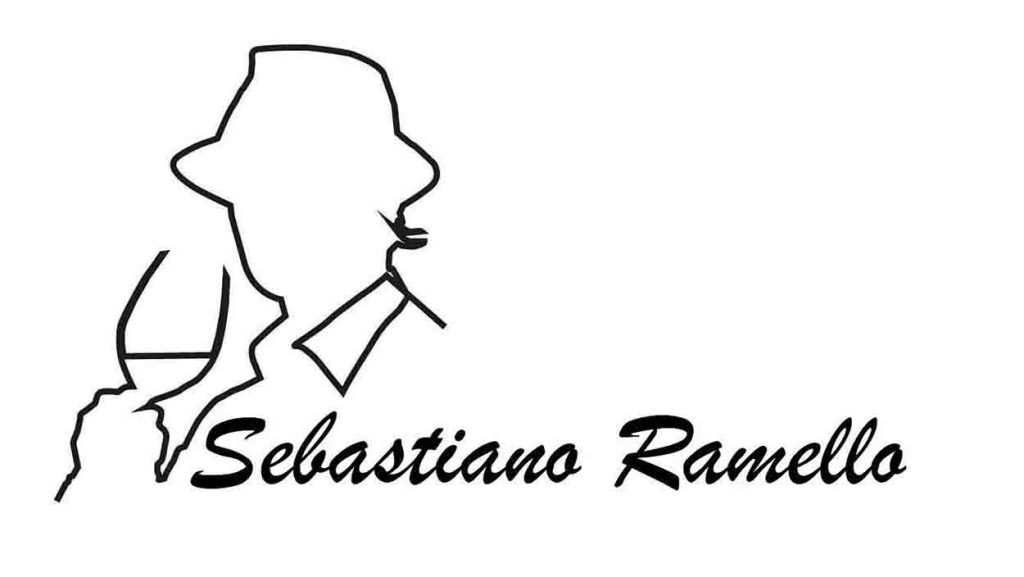
For more information about Italian wines you can freely contact Mr. Sebastiano Ramello at his email: piemontewine@yahoo.it
